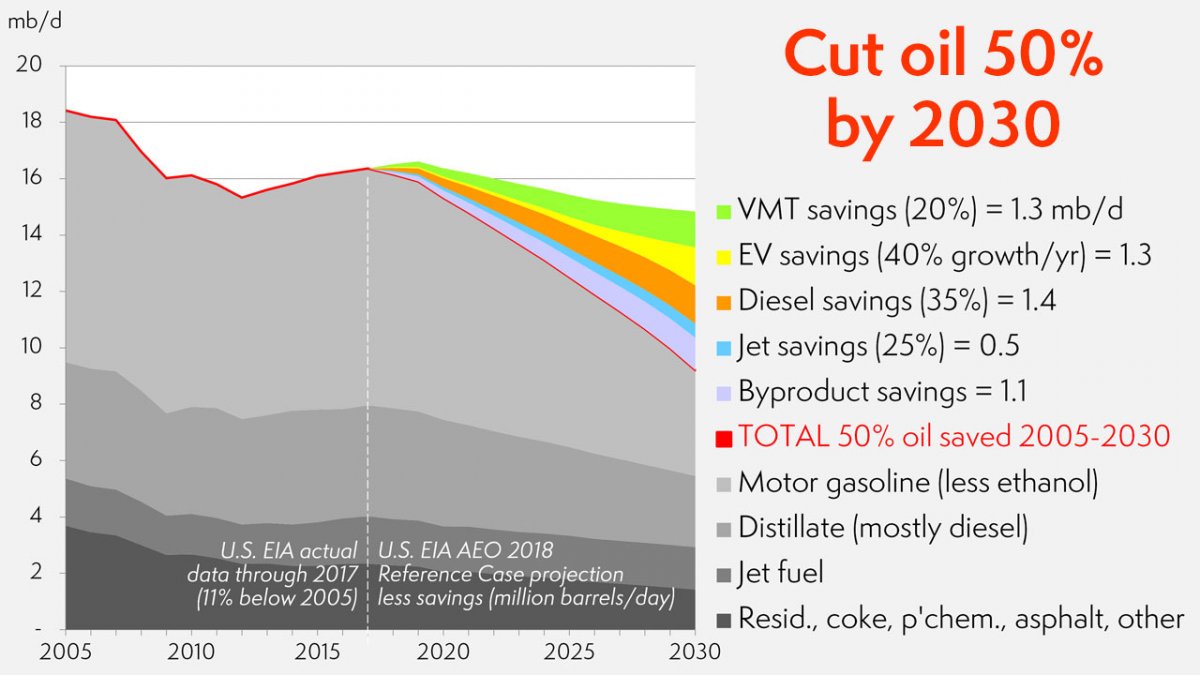August 28, 2019

Photo courtesy of the IPCC
It is not news that the climate of our home planet has been changing with temperatures rising significantly, especially in the last few decades. Increased greenhouse gases have already caused the ocean to warm, snow and ice to diminish, the sea level to rise, and weather to become more extreme.
According to the IPCC’s (Intergovernmental Panel on Climate Change) 2013 Summary for Policymakers, "Human influence on the climate system is clear. This is evident from the increasing greenhouse gas concentrations in the atmosphere, positive radiative forcing, observed warming, and understanding of the climate system."
Today, transportation is the largest source of damaging greenhouse gas emissions in the U.S., as well as poisoning our air, water, and land. Although other factors such as agriculture and industry also contribute to greenhouse gases, transportation takes the lead on emissions at 29% nationally and a staggering 41% in California.
According to the EIA (Energy Information Administration), a great majority of transportation in the U.S. uses oil for fuel. Gasoline is responsible for 51% of oil consumption and diesel fuel is responsible for 24%. In efforts to establish clean energy in the future, the Sierra Club has chosen to adopt this issue with the goal to reduce oil consumption in the U.S. by 50% by the year 2030 and find clean solutions for gas and diesel consumers.
It may come as a surprise to most people, but more than three-fourths of U.S. commuters travel to work alone, usually by car. This means that each individual that chooses to take a gas-powered vehicle to work is adding to the greenhouse gas emission problem. So what are some solutions to help the environment and your wallet? Cutting back!
The future of clean transportation is upon us and the solutions are becoming more affordable and accessible to metropolitan communities. With the expansion of railways and bus transit networks in major cities, we can expect commuters to save on expensive gas prices and parking fees. The rise of electric cars is also making an impact for the environment, but it doesn’t stop there. Many workplaces are also doing their part by offering employees incentive programs to those that commute to work by use of transit or bicycle. Do your part to help lower greenhouse gas emissions and consider your future transportation options.
